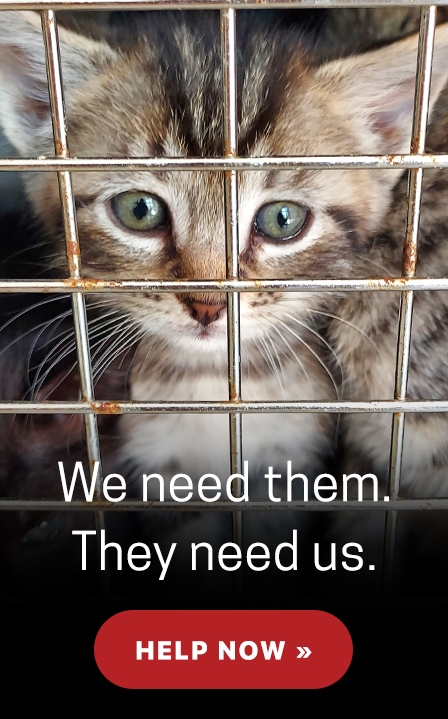For many of us, Memorial Day weekend marks the unofficial start of the summer. We enjoy our first dip in the pool, get out the grill for burgers and hot dogs, and bask in the newly warm temperatures. But while the warm weather may feel great on our bare shoulders now, come June and July, the rising mercury can be a bit unbearable for people and animals alike.
Our furry friends feel temperatures differently than we do—and during summer months, they can easily get too hot for comfort. By following the simple pet safety tips below, you’ll ensure that your pet keeps cool in the summer months ahead:
A pet in a parked vehicle is not cool.
Even when it’s a comfortable 70 degrees outside, the temperature inside a parked car can climb to 90 degrees in just 10 minutes—and up to 110 degrees in less than an hour—exposing animals to serious risks of discomfort, illness and even death. Responsible animal lovers can do their part to help pets in danger: if you see a distressed dog inside a parked car on a warm day, immediately call your local animal control or law enforcement for help.
During hot summer months, regular exercise can be dangerous for pets.
Even if your pets are active, you may want to adjust their activities to avoid midday sweltering temps during the summer. Remember, animals can’t cool themselves as well as we can! Many rely on panting and sweating through the bottoms of their paws to cool down. Take your pet outdoors during the early morning or late evening, which tend to be a bit cooler, to avoid overheating.
If your pet is left outdoors, ensure they have access to shade and fresh water at all times.
Even if you only plan to leave a pet outdoors in the backyard for just a few minutes, sometimes your quick errand can turn into a full afternoon away from home! Since temperatures in a yard can increase to dangerous levels within a short period of time, ensure your pet has a shaded area in the yard, access back inside, and a bowl of fresh water nearby.
Be aware of the signs of heat stroke.
Signs of heat stroke include excessive panting, dark or bright red tongue and gums, lethargy, stumbling, seizures, bloody diarrhea, and vomiting. If you suspect your pet is suffering from heat stroke, you should seek veterinary treatment as soon as possible. You can provide some immediate treatment using cool (but not icy) water to lower your pet’s temperature by submerging them into a tub of water, wetting him or her with a hose or sponging them down. If your pet showed signs of heat stroke but has been cooled and now appears fine, do not assume that all is well. Internal organs, such as the liver, kidneys and the brain, are all affected by extreme body temperature elevation. It is best to have a veterinarian examine your pet to assess potential health complications and ensure that other risks are not overlooked.
The summer months are filled with fun times for you and your furry friends, but keep in mind their safety. With these precautions, you’ll ensure your pet keeps cool all summer long!


